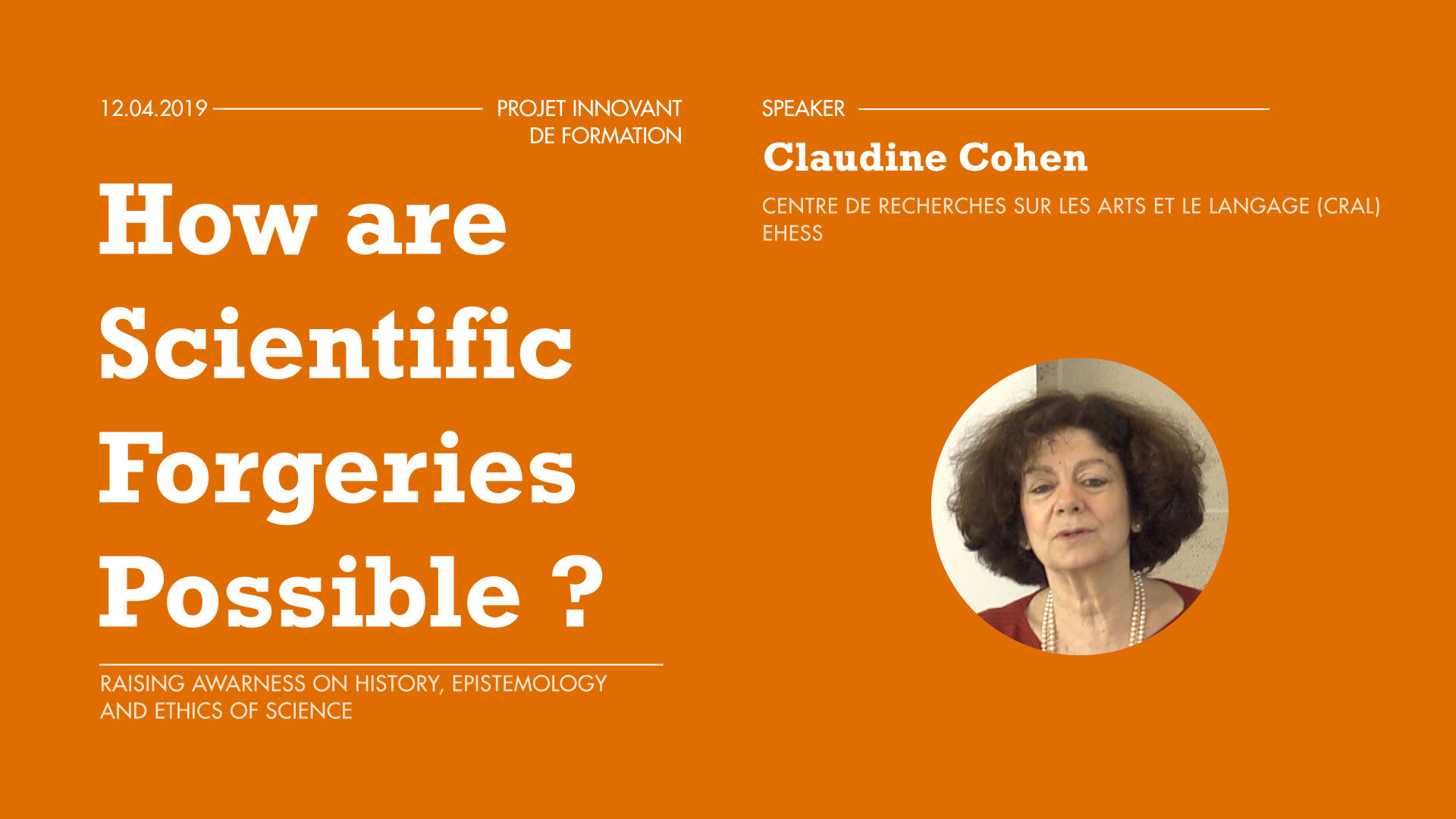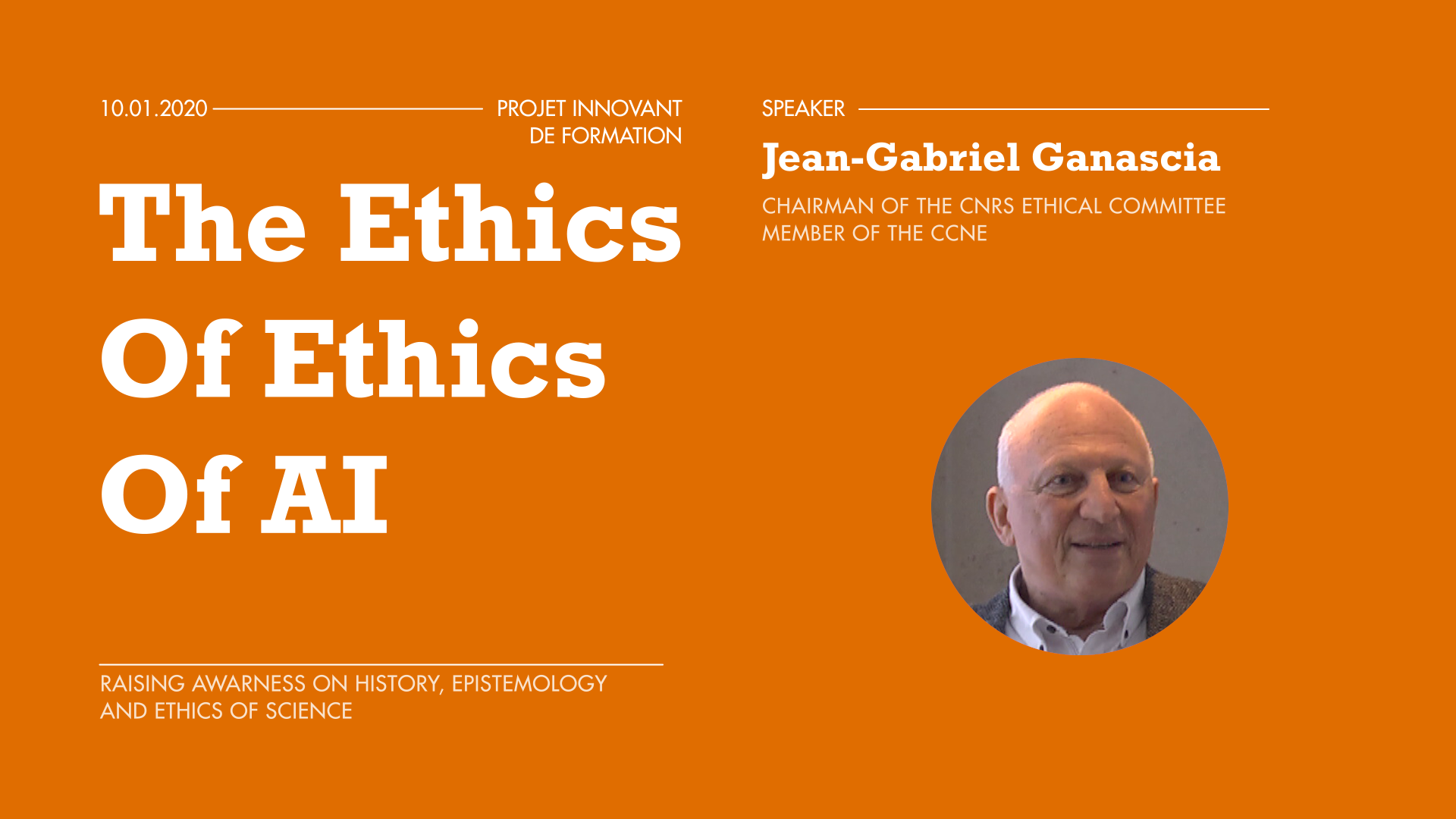📥 Télécharger en HD
📄 Description de la vidéo
🏷 TITRE
How are Scientific Forgeries Possible? by Claudine Cohen
📝 ABSTRACT
Are forgers in science betrayers of truth, or do they show how science is built? Following a brief definition of forgery, Claudine Cohen emphasizes the questions and goals she addresses in her lecture. She first approaches forgery through the lens of ethics and questions the efficiency of moralizing scientific research. She then recalls that scientific knowledge is a construction of facts, just like forgery is. She does however insist on the intentional aspect of forgery to produce false evidence and conclusions. Cohen ultimately analyses the processes and methods of historical sciences, such as archeology and paleontology, and gives examples of two famous archeological forgeries: the forgery of Moulin Quignon and the forgery of the Piltdown man.
📖 SUMMARY
00:00:10 – Introduction
00:02:24 – 1. Definition of forgery
00:02:49 – 1.1. Reasons for forgery
00:03:44 – 1.2. Nature of forgery
00:04:19 – 2. Challenges of forgery
00:04:55 – 2.1. Questions of the lecture
00:05:29 – 2.2. Goals of the lecture
00:06:09 – 3. Forgery and ethics
00:06:34 – 3.1. Forgers as betrayers of truth
00:11:09 – 3.2. Efficiency of the moralization of science?
00:13:14 – 4. Forgery and the construction of scientific knowledge
00:13:29 – 4.1. Frequency of forgery
00:15:09 – 4.2. Science as a human construction
00:19:44 – 4.3. The historical development of science
00:22:14 – 5. Forgery and the historicity of evidence
00:22:19 – 5.1. The contingency of historical sciences
00:25:19 – 5.2. Solutions for historical sciences’ evidence
00:26:04 – 5.3. Examples of archeological forgeries
00:29:39 – 5.3.1. The forgery of Moulin Quignon
00:43:19 – 5.3.2. The forgery of the Piltdown man
00:58:02 – Conclusion
#️⃣ Mots clés : paris sciences lettres, psl, ethics, PhD, science, epistemology, research, forgery, piltdown, moulin quignon,
📸 Miniature YouTube

2020
📥 Télécharger en HD
📄 Description de la vidéo
🏷 TITRE
The Ethics of Ethics of AI by Jean-Gabriel Ganascia
📝 ABSTRACT
Can ethical committees generate a set of rules to prevent the unethical use of AI? Jean-Gabriel Ganascia starts his lecture on ethics and AI by recalling the origins of the technology as well as its different definitions. He then provides examples of the unethical use of AI in autonomous cars and killer robots. Through explanations of ethical dilemmas in AI development, Ganascia characterizes the specifics of ethics in the digital era. He concludes his lecture by mentioning a scientific paper he wrote with Thomas Powers about the ethics of ethics of AI. According to him, the risk of having unethical AI does not come from the technology itself, but from the men behind the technology.
📖 SUMMARY
00:00:10 – Introduction
00:01:00 – A. Overview of the lecture
00:04:45 – B. The origins of AI
00:08:27 – C. The definitions of AI
00:11:55 – 1. AI and ethics
00:12:03 – 1.1. Unethical autonomous agents
00:16:12 – 2. Computational ethics
00:16:20 – 2.1. The example of autonomous cars
00:21:04 – 2.2. The example of an Uber accident
00:28:14 – 2.3. The example of LAWS
00:33:45 – 2.3.1. Autonomy
00:40:50 – 2.3.2. Prudence
00:42:40 – 2.3.3. Sagacity
00:42:54 – 2.3.4. Deliberation
00:47:05 – 3. Conceptual clarification
00:47:10 – 3.1. Autonomous agent
00:49:08 – 3.2. Artificial intelligence
00:49:45 – 3.3. Bias
00:50:48 – 4. Ethics in the digital era
00:51:30 – 4.1. “Reontologization” of the human society
00:56:00 – 4.2. Ethical committees
01:01:30 – 5. The ethics of ethics of AI
01:02:00 – 5.1. Oppositional versus systemic
01:04:10 – 5.2. Epistemological thinking
01:06:30 – 5.3. European general data protection regulation
01:11:55 – 5.4. Epistemology of Big Data
01:13:12 – 5.5. Underestimating and overestimating risks
01:23:45 – Conclusion
#️⃣ Mots clés : model, norms, fundamental rights, Thomas Powers, 1956, scientific discipline, conjectures, technology, consequences, frightening
📸Miniature YouTube
